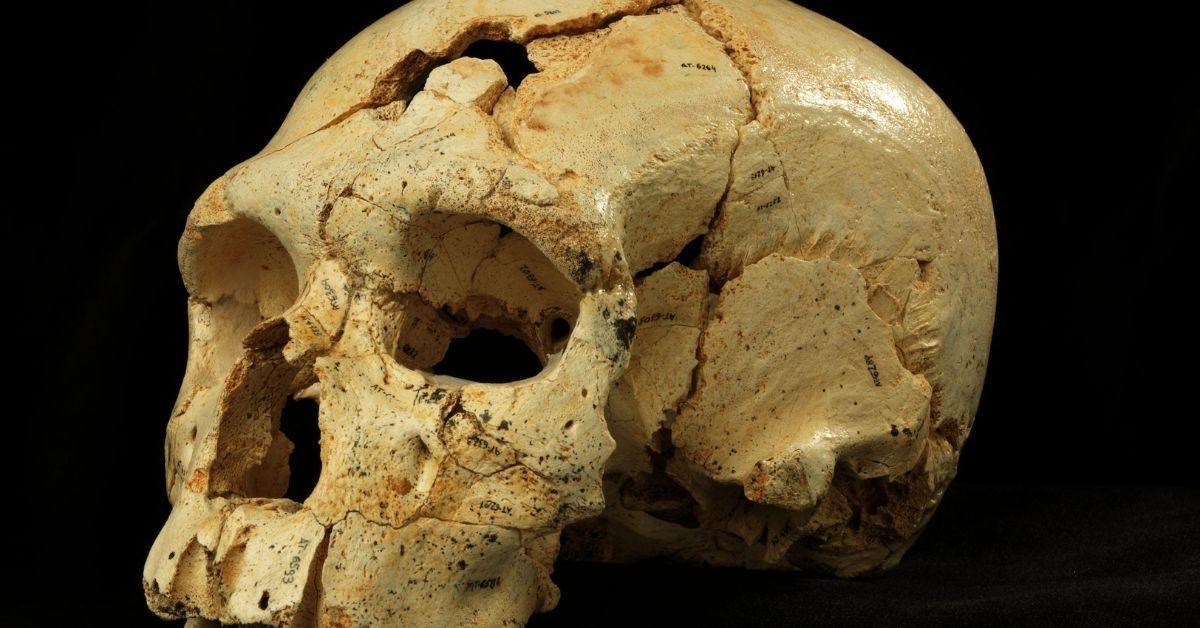Various online publications are calling it a “Russian Jurassic Park” — but it’s actually much more than that.
Russia is set to unveil plans for an advanced “paleo-genetic scientific center” located in Yakutsk, Siberia. This state-of-the-art laboratory’s primary goal will be to successfully bring back the woolly mammoth (Mammuthus primigenius) and other extinct species from the Pleistocene epoch (or “Ice Age”).
Scientists from the Northern-Eastern Federal University (NEFU) will work with the South Korean SOOAM Biotech Research Foundation in the facility. Together, they will research the genetics of the woolly mammoth, woolly rhinoceros, cave lions, and prehistoric horses, among others.
A cold place for some cool science

Photo: Royal BC Museum
Thanks to the sub-zero temperatures in the area, the Siberian region is the ideal location for conducting this type of research. It also helps that due to permafrost in the area, it served as a “refrigerator” of sorts for about 80% of soft tissue samples from Pleistocene- and Holocene-era animals.
“There is no such unique material anywhere else in the world,” said Dr Lena Grigorieva, who drafted the plans for the center.
Still, it won’t be easy to successfully clone these creatures, as DNA degrades over time. Furthermore, even the best-preserved soft-tissue samples only contain “odd fragments” of DNA, which scientists have to piece together. The scientists will likely pull DNA from the animals’ currently surviving “closest relatives” to fill in the gaps.
Their goal to bring back the mammoth certainly isn’t just out of scientific curiosity, though. Cloning the extinct behemoth may help create an environment that halts Siberia’s permafrost melting — a phenomenon that, if left unchecked, would release billions of tons of greenhouse gases into the atmosphere.
In addition, the scientists also hope to use their findings to better understand and combat human diseases. As Dr Grigorieva explained, they will also study the history of settlement in northeastern Russia, where ethnic groups have a “unique ancient genetic structure.” Their research could aid in establishing more efficient ways of diagnosing and preventing rare genetic diseases.
More details will be revealed at the 4th Eastern Economic Forum this September 11 to 13 in Vladivostok.
Cover photo: The Sun/Associated Press.
References
- https://siberiantimes.com/science/others/news/investment-sought-for-59-million-cloning-centre-to-bring-back-mammoths-and-other-extinct-species/
- https://www.thesun.co.uk/tech/7139594/woolly-mammoth-cloned-russia-dna/
- https://www.mirror.co.uk/news/world-news/russia-plans-45million-jurassic-park-13163552
- https://www.iflscience.com/plants-and-animals/russia-is-opening-a-jurassic-parkstyle-research-lab-in-siberia/
Author: Mikael Angelo Francisco
Bitten by the science writing bug, Mikael has years of writing and editorial experience under his belt. As the editor-in-chief of FlipScience, Mikael has sworn to help make science more fun and interesting for geeky readers and casual audiences alike.







